Chicago Office Buildings Trade for Less, Development Slows
Find out the latest updates on this market, according to CommercialEdge data.
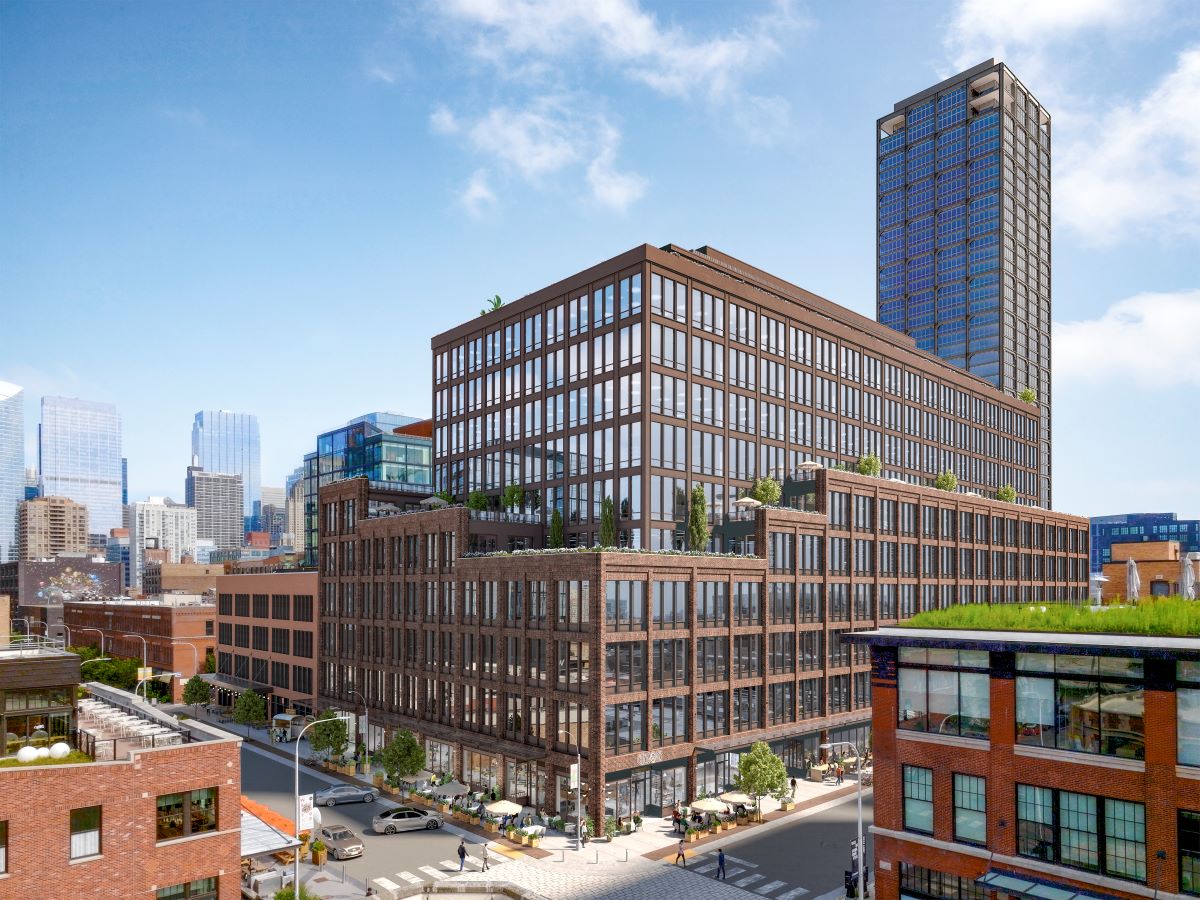
Chicago’s office fundamentals didn’t show signs of improvement year-over-year through August, except for its sales volume, which has increased since last year. Developing headwinds continue to put pressure on the sector and some owners are trying to minimize their exposure, leading to swaths of office space being divested.
Others look to conversions as a means to address the fundamental shift in how office buildings are utilized and repositioned. Far from being a catch-all solution to the sector’s woes, office-to-residential redevelopment can be a good avenue for some owners to capitalize on these shifting trends.
CommercialEdge recently released the Conversion Feasibility Index, a proprietary tool that offers scores assessing the potential for an office building’s conversion to residential. Chicago has around 18.6 percent of its office space in buildings that have a high potential for such adaptive reuse, putting it around the top of the list nationwide.
Pipeline decreases, large projects are few and far in between
As of August, Chicago’s office construction pipeline dropped significantly to just 811,394 square feet, or 0.3 percent of stock—70 basis points behind the national rate. There is still demand for high-quality product, those developments tending to have significant preleasing activity.
Among its peer gateway office markets, Chicago’s rate of construction as a percentage of stock was the lowest. Boston led with 4.4 percent, followed by Miami (3.9 percent). On the lower end were Manhattan (0.6 percent) and Los Angeles (0.9 percent).
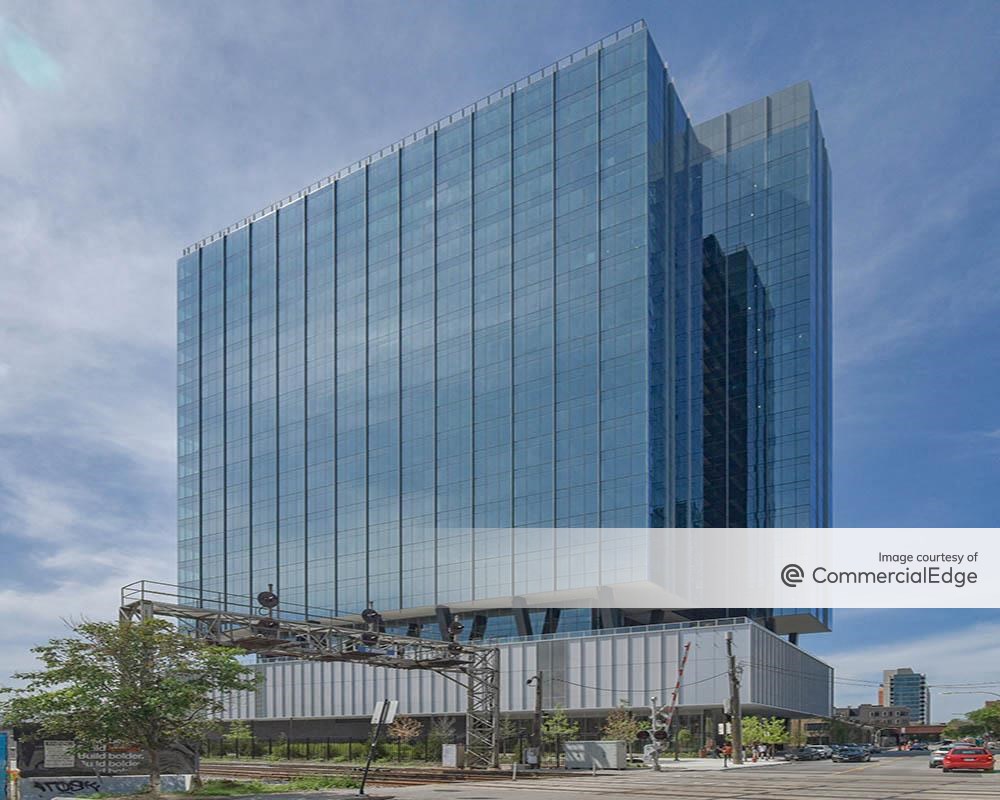
Fulton St. Cos.’ 919 W. Fulton was the largest office project underway, taking shape in the West Loop submarket. The developer topped out its $300 million development earlier this year, with 112,000 square feet out of its 409,000 already preleased to Harrison Street Real Estate Capital.
About 1.1 million square feet of office space came online in the metro year-to-date through August, across nine properties. Nearly half of this space was in a single project, as Sterling Bay completed its 25-story tower at 360 N. Green St. The 500,000-square-foot office building is also in Chicago’s West Loop, and has a tenant that preleased a large portion of the property. Boston Consulting Group will use it as its Midwest headquarters.
Sales volume grows, but assets depreciate
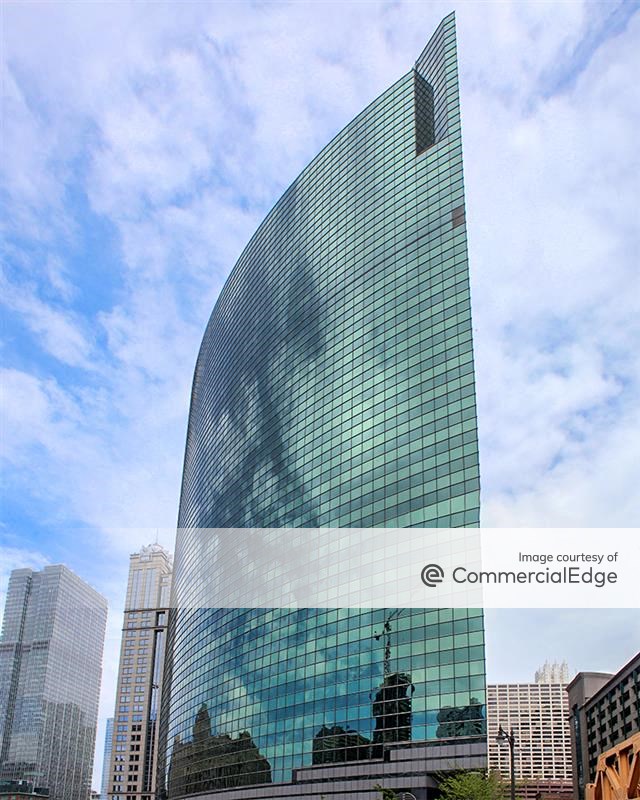
Chicago investors traded $699 million in office assets year-to-date through August, 47.6 percent more than the volume recorded the same period last year. A total of 62 properties, encompassing 12.5 million square feet, changed hands for an average of $92.6 per square foot, nearly half the $168.8 national figure.
Chicago office buildings sold for the least amount per square foot when compared to peer gateway markets. On the higher end of that spectrum were Los Angeles ($423.4 per square foot) and Manhattan ($370.6 per square foot).
In June, Beacon Capital Partners acquired the office tower at 333 W. Wacker Drive for $125 million. This was the largest single-asset sale year-to-date through August, with the building trading at roughly $144 per square foot. The new owner also secured a $185 million acquisition and development loan from Allianz. Notably, the asset had previously changed hands in 2015 for $320 million.
This trend was present in virtually all major transactions that closed in the first eight months of the year. Of the top five office building sales across metro Chicago, all except one—which traded for the first time—changed hands for at least 50 percent less than their previous sale value.
Office vacancy grows year-over-year
Office vacancy in metro Chicago increased 120 basis points year-over-year to 19.0 percent as of August, 40 basis points below the national figure. Compared to gateway markets, only San Francisco’s 27.6 percent was higher than Chicago’s.
A few significant leasing deals took shape at the start of the year. In January, financial services company Mesirow signed an extension at Heitman’s office tower in Chicago’s CBD, at 353 N. Clark St. The tenant downsized its footprint to 100,000 square feet and agreed to a 10-year lease.
In February, Pinterest signed a 24,000-square-foot agreement at Hines and Ivanhoé Cambridge’s office campus in the West Loop. JLL represented the tenant.
Shared space solutions gain ground
In August, Chicago’s coworking footprint amounted to more than 6.2 million square feet, or 1.9 percent of its entire office stock. The national figure stood at 1.8 percent, while a few peer gateway markets exceeded Chicago’s rate—Miami (3.7 percent), Manhattan (2.3 percent), Los Angeles (2.1 percent) and San Francisco (2.1 percent).
Regus is one of the largest operators in Chicago’s coworking market, with nearly 985,000 square feet across 45 locations. It recently ceded one of those to Expansive—the shared space provider leased the 35th floor at Two Pru at 180 N. Stetson Ave., its seventh location in the metro. Expansive previously had slightly more than 487,000 square feet of shared office space across six locations.
The other large providers with significant footprints were WeWork, with 474,000 square feet across eight locations, Industrious with 360,000 square feet and eight locations and Convene, which had three locations encompassing 315,000 square feet.

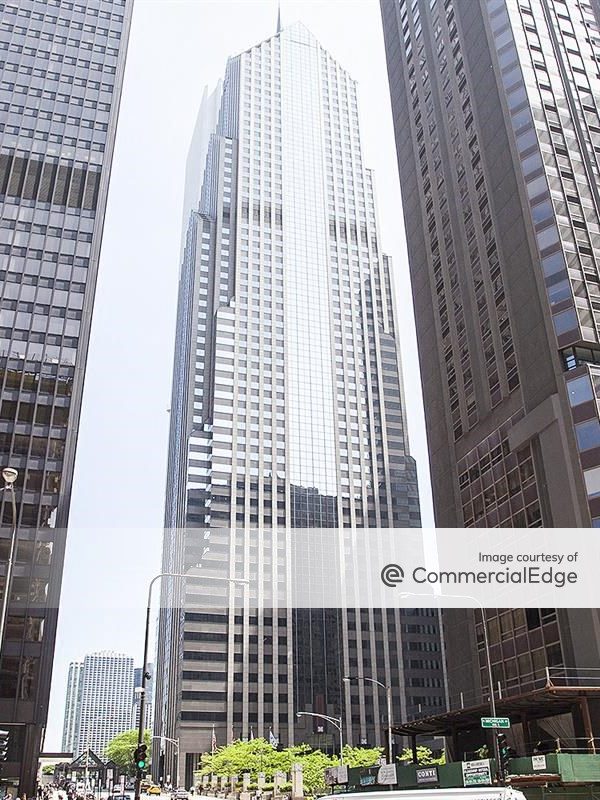
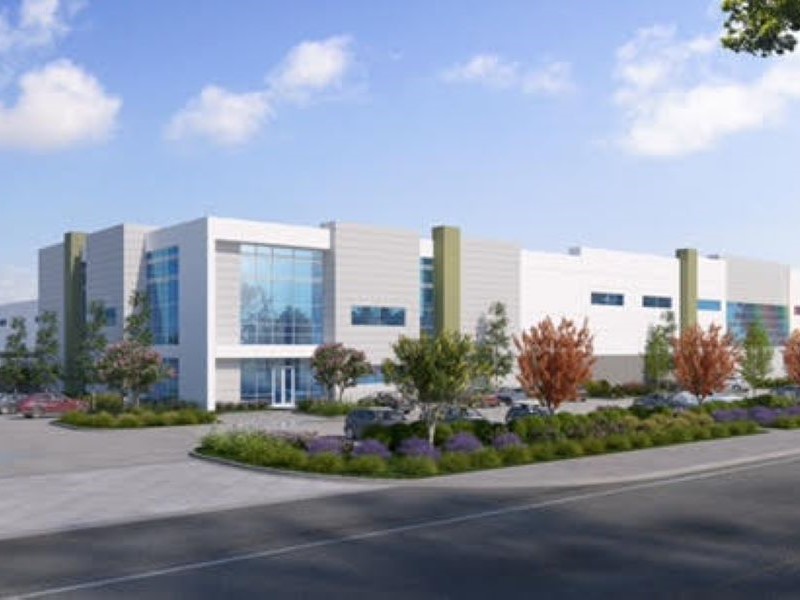
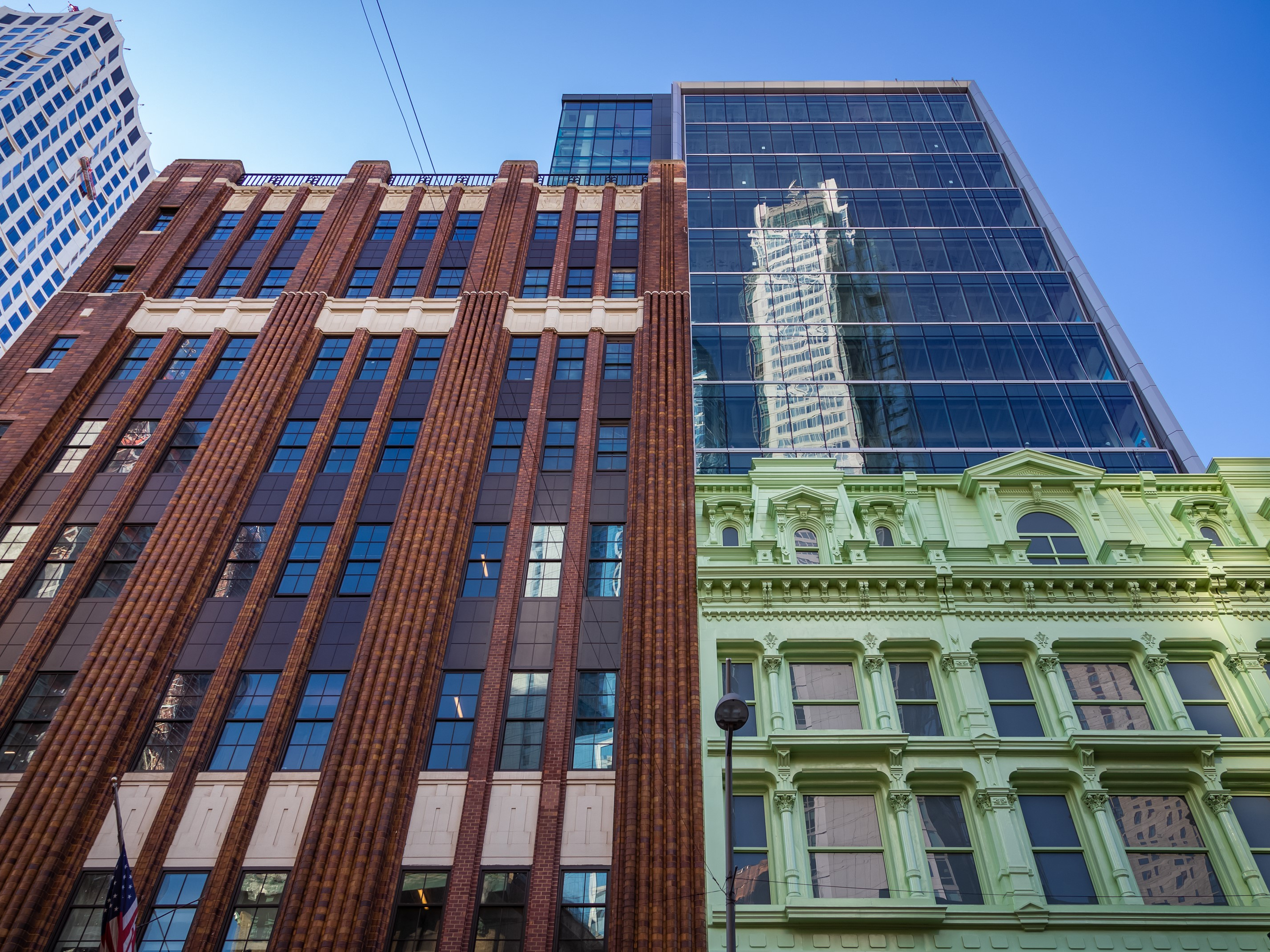
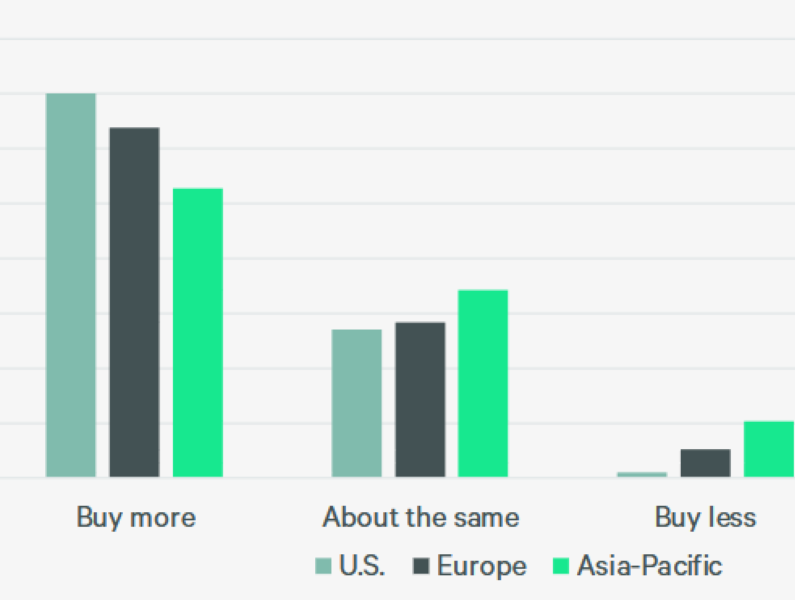
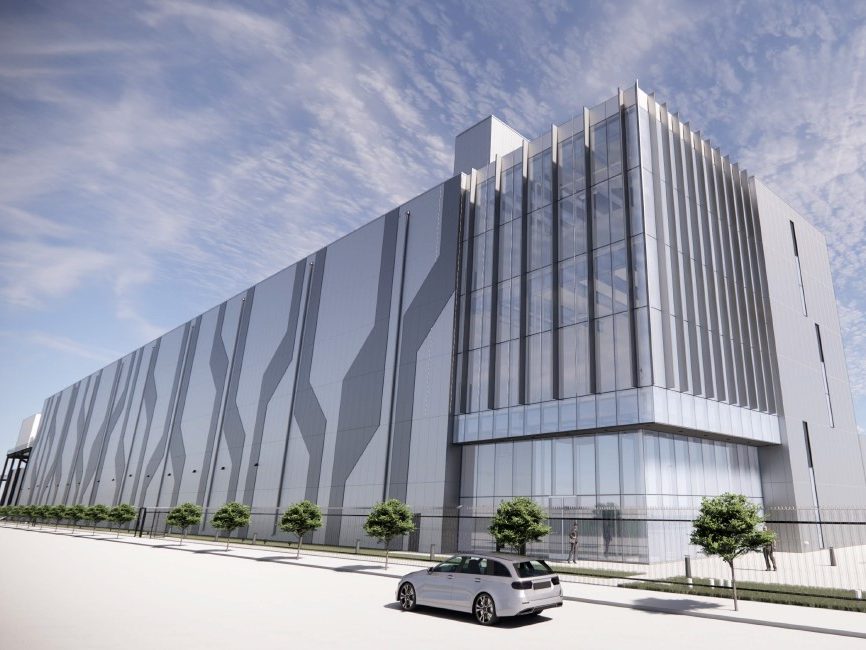
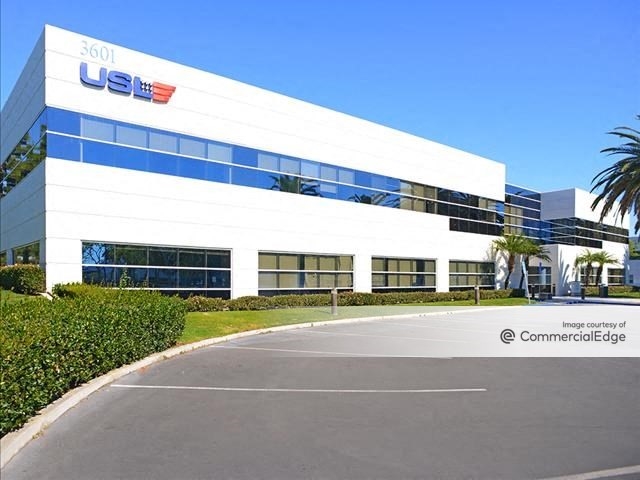
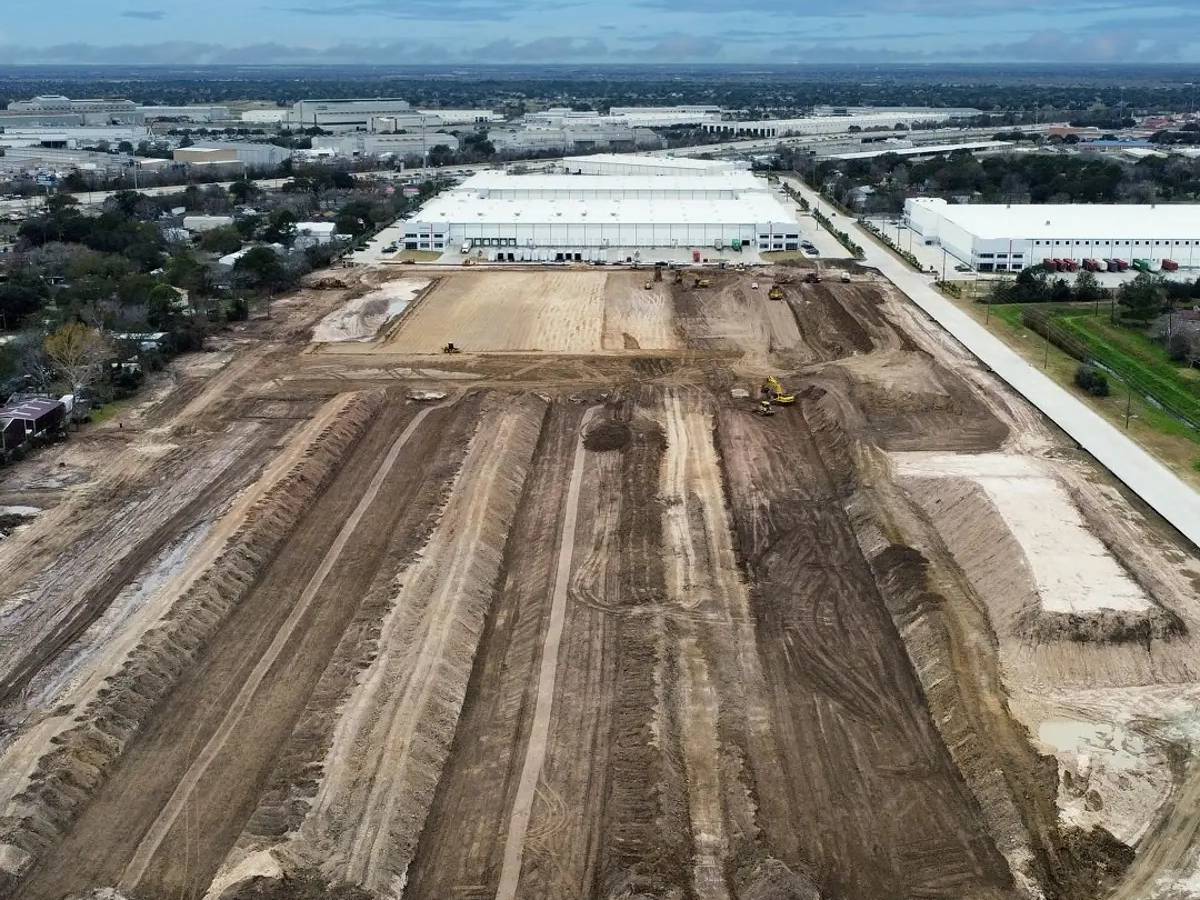
You must be logged in to post a comment.